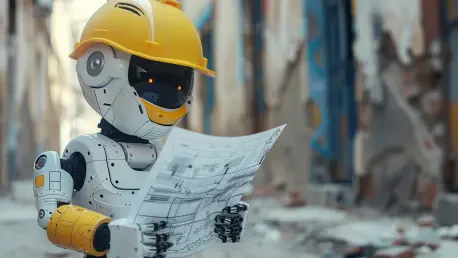
In an era where artificial intelligence (AI) is transforming industries at an unprecedented pace, the Australian arts sector stands at a critical juncture with the proposed introduction of a text and data mining (TDM) exception to the Copyright Act 1968, as highlighted in the Productivity

In a move that has ignited fierce debate across the city, the Milwaukee Police Department (MPD) and County Sheriff’s Office are considering a significant deal to acquire facial recognition technology (FRT) licenses from Biometrica Systems Inc., a Nevada-based software developer. This arrangement,

What happens when a devastating hurricane strikes, and social media is flooded with hyper-realistic videos of destruction that never occurred, creating chaos in critical moments? In times of crisis, where every decision can mean life or death, AI-generated misinformation poses a lethal threat.

In a world where artificial intelligence is reshaping industries with unprecedented speed, a growing sense of unease is emerging among UK cybersecurity leaders over tools like DeepSeek, a Chinese AI platform initially celebrated for its potential to revolutionize business efficiency, but now at the

Imagine stepping into a bustling airport, rushing to catch a flight, and breezing through security with just a quick scan of your face—no fumbling for passports or enduring long queues. This is the promise of facial recognition technology, now operational in 15 major US airports through the TSA

In an era where technology increasingly intersects with personal well-being, the rise of AI-driven mental health tools has sparked both intrigue and alarm among experts and users alike, raising critical questions about their role in society. One such tool, developed by xAI, has recently come under